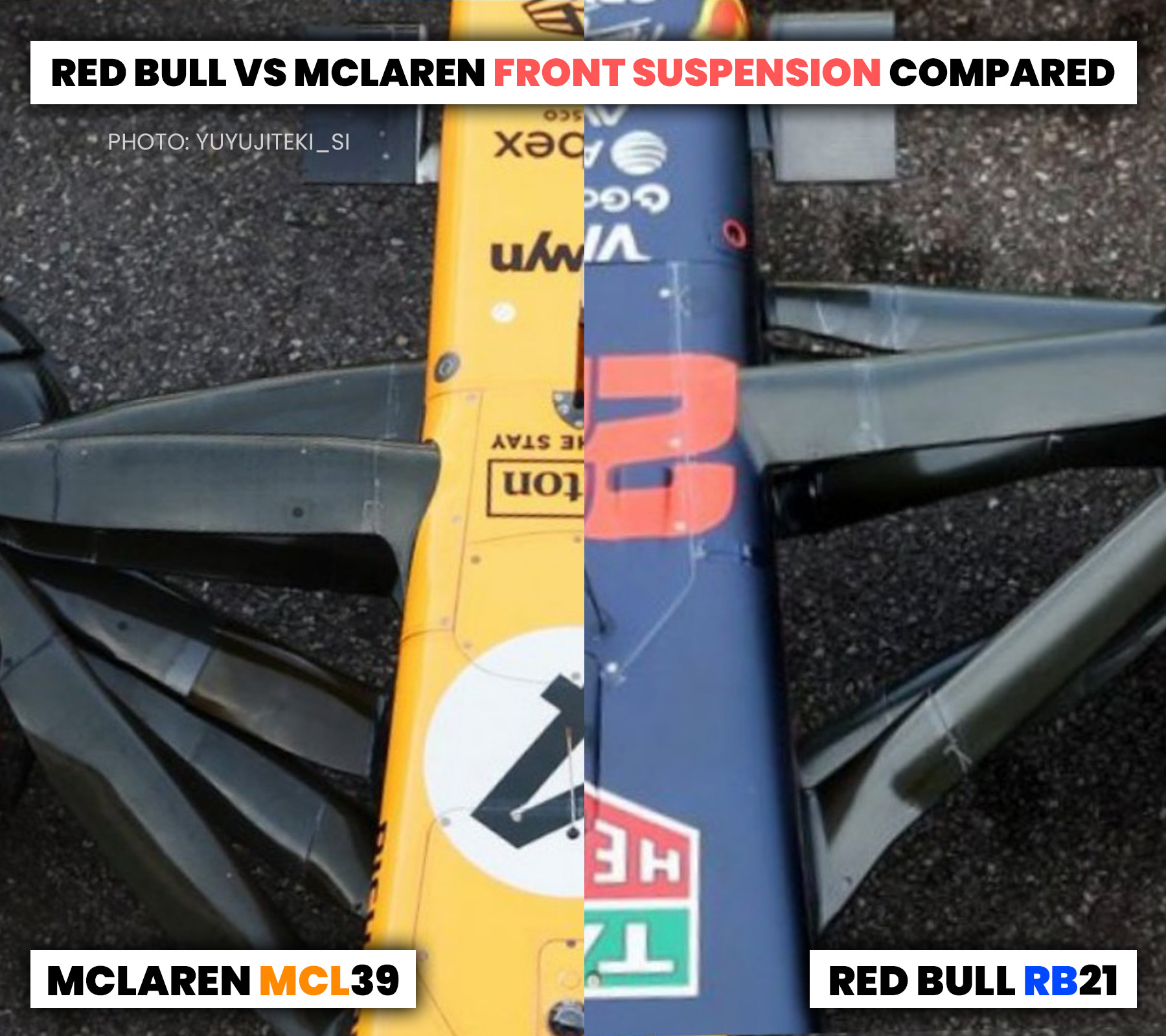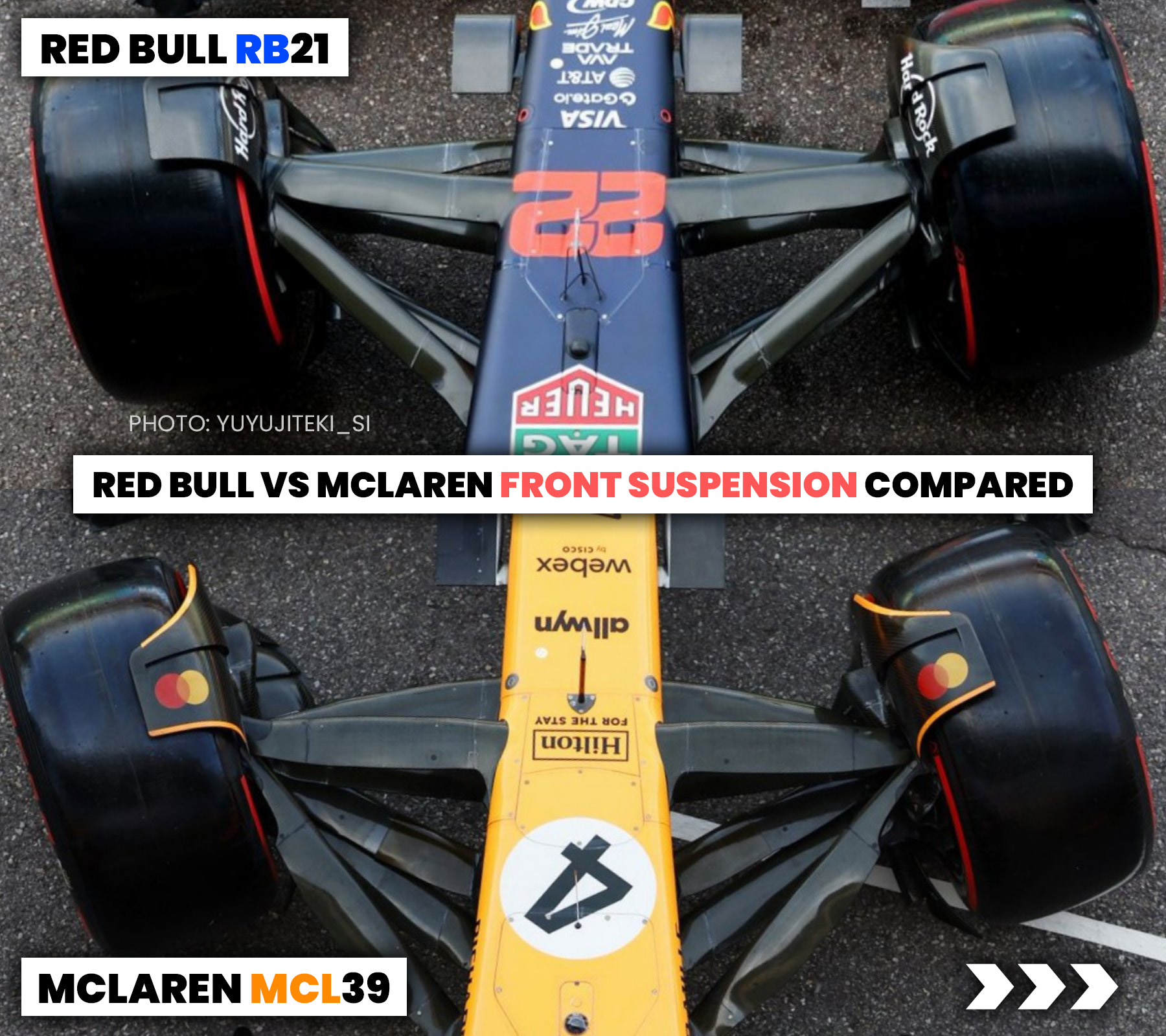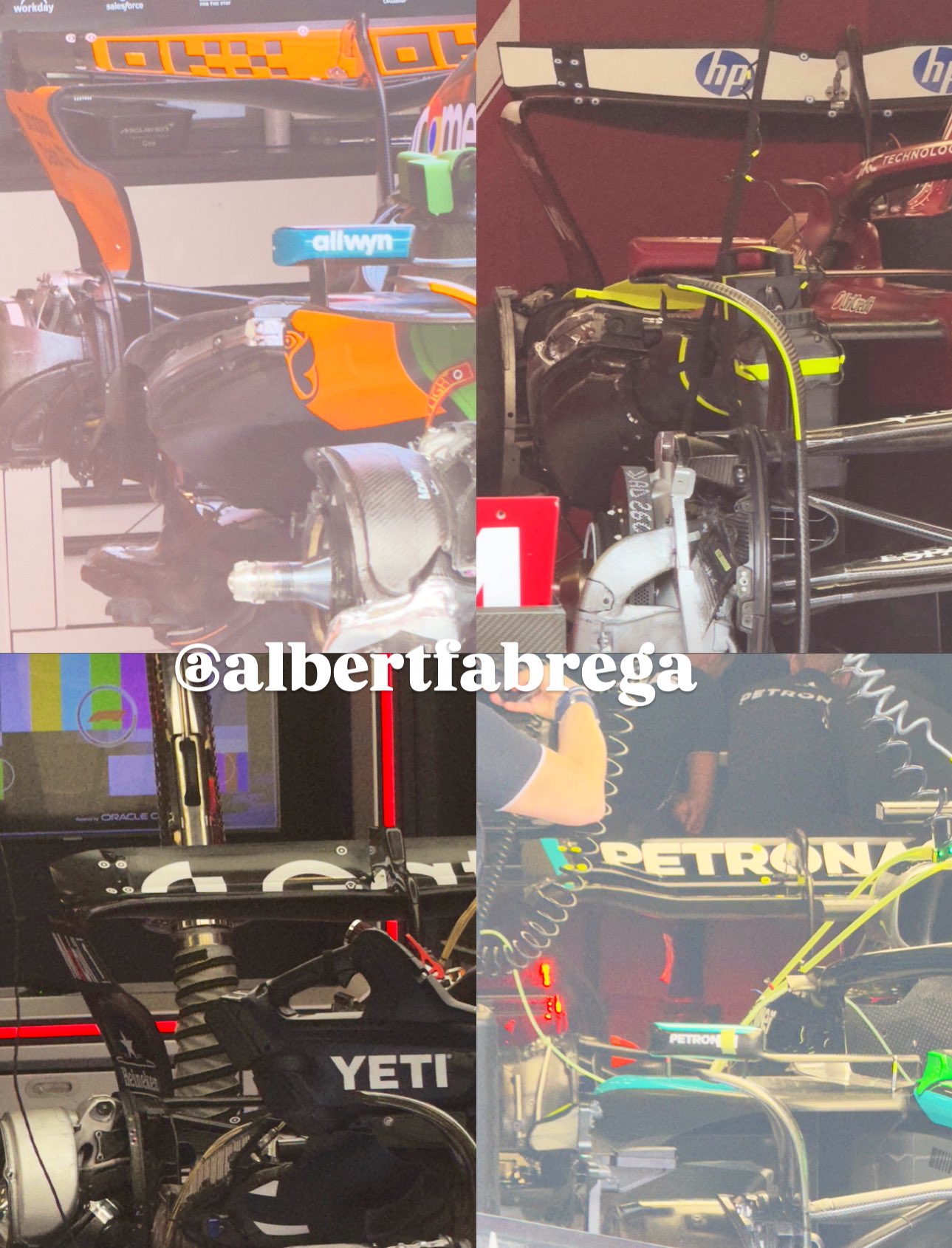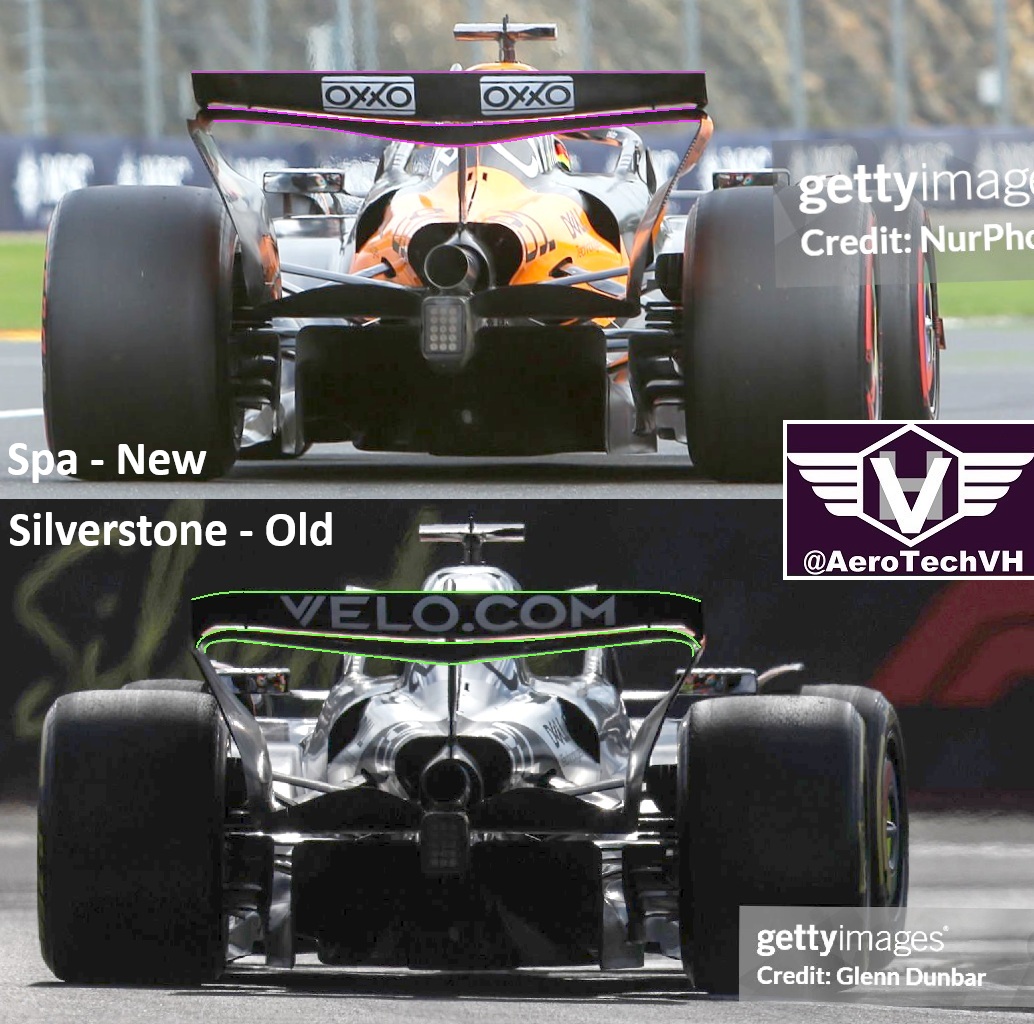They don't have one silver-bullet, rather a number of smaller innovations that add up to greatness. The unique front suspension geometry that protects the tires while providing aero benefits. The fantastic heat management of the rear brakes, which is probably from piping extra cooling air through the suspension/driveline shrouds. I'm sure they are at the cutting edge of bumpstop technology as well. Much of this is focused on improving tire life, which they correctly assessed as being the last aspect of this formula with much room for development.
This rise to the top also coincides with their new wind-tunnel coming online, so they are probably getting a meaningful advantage there. And Andrea Stella leads this team as an engineer with intellectual humility rare in this glamorous, ego-driven sport. I'm not surprised he brought some NASCAR guys over to pick their brains, could you imagine Pierre Wache doing such a thing?









